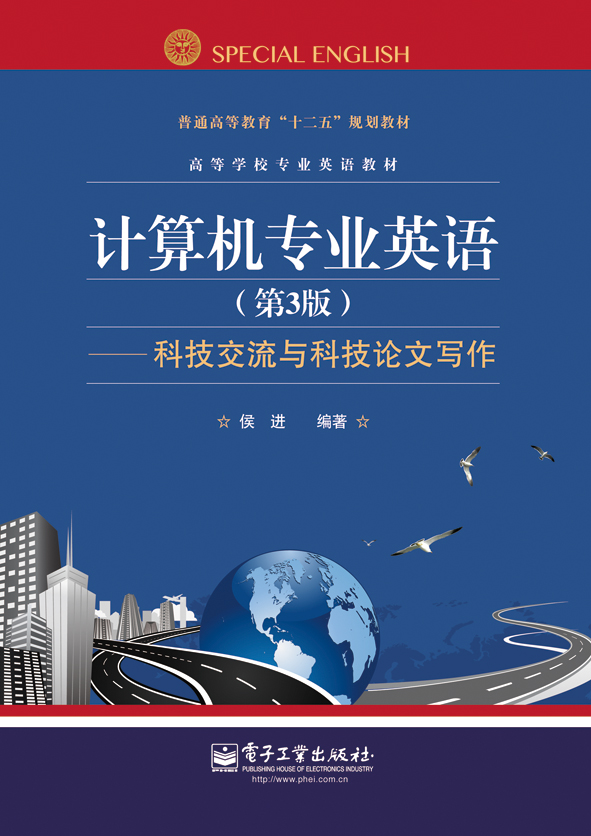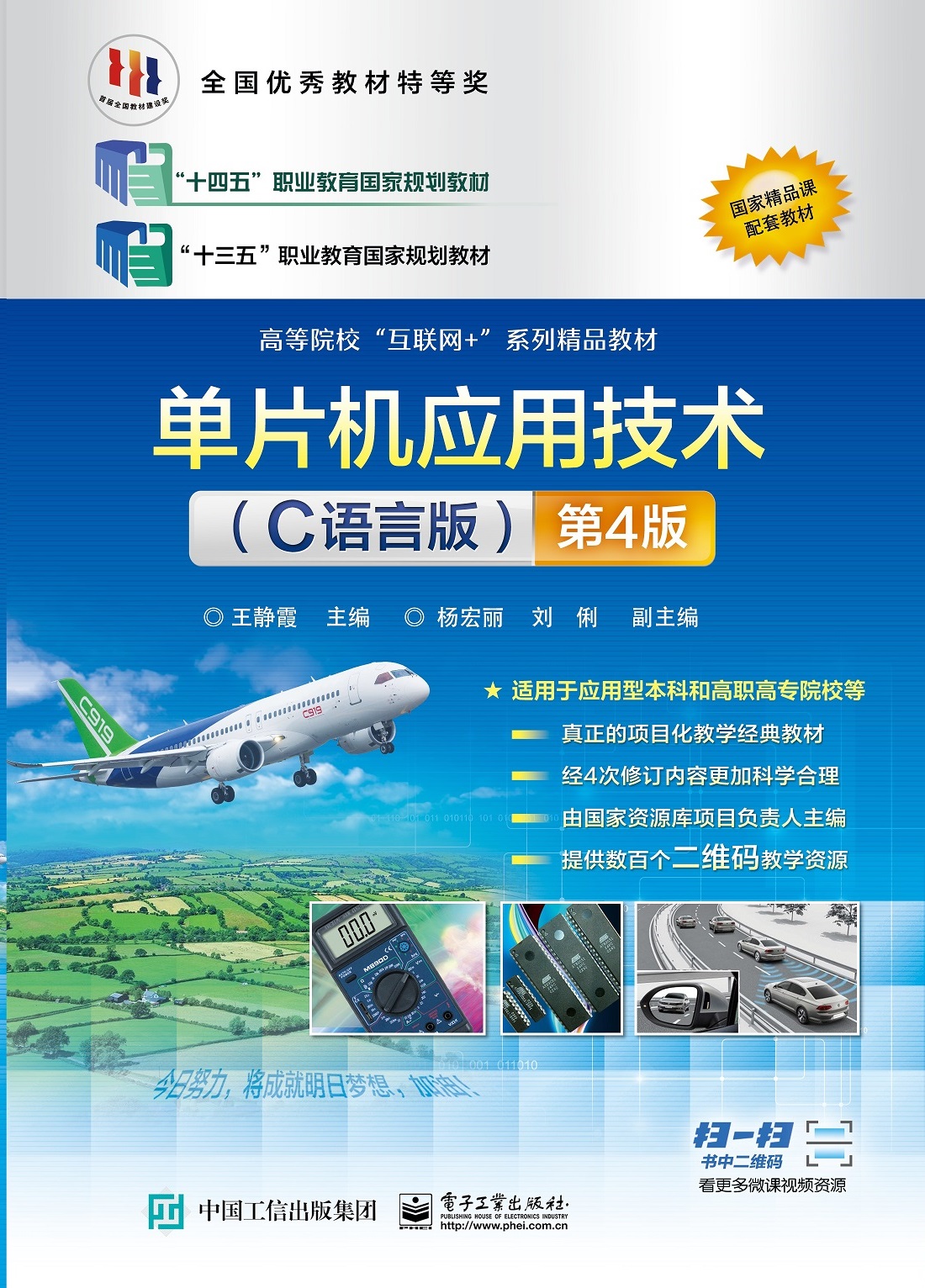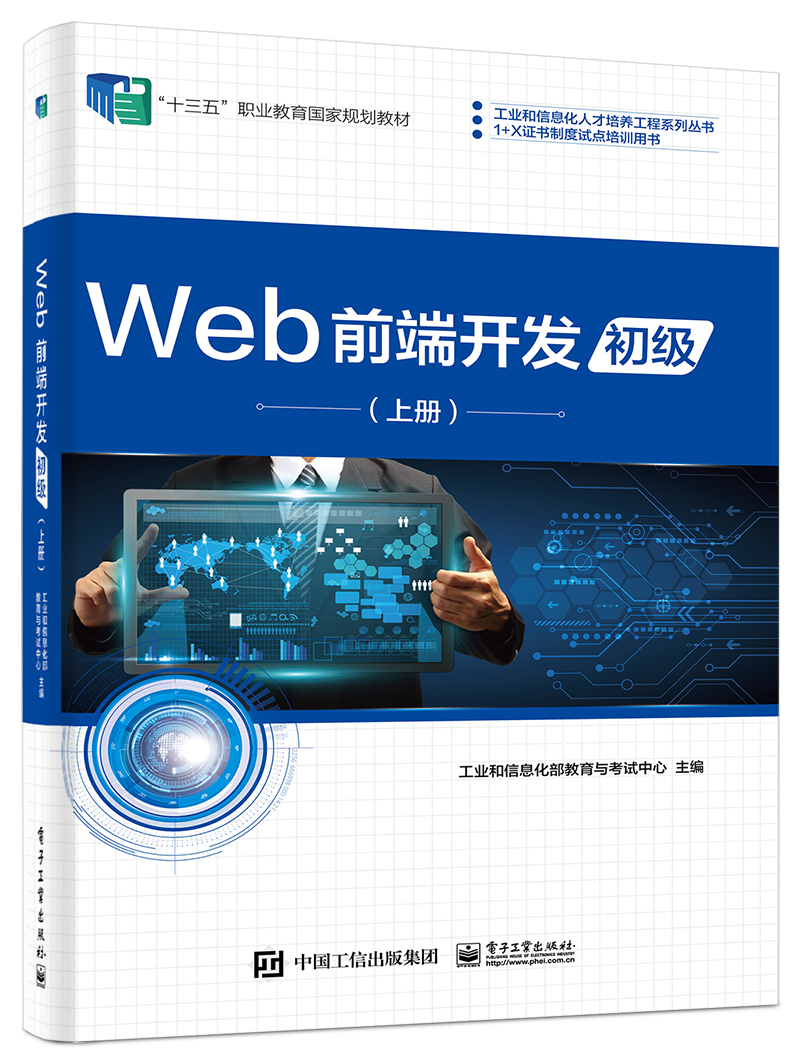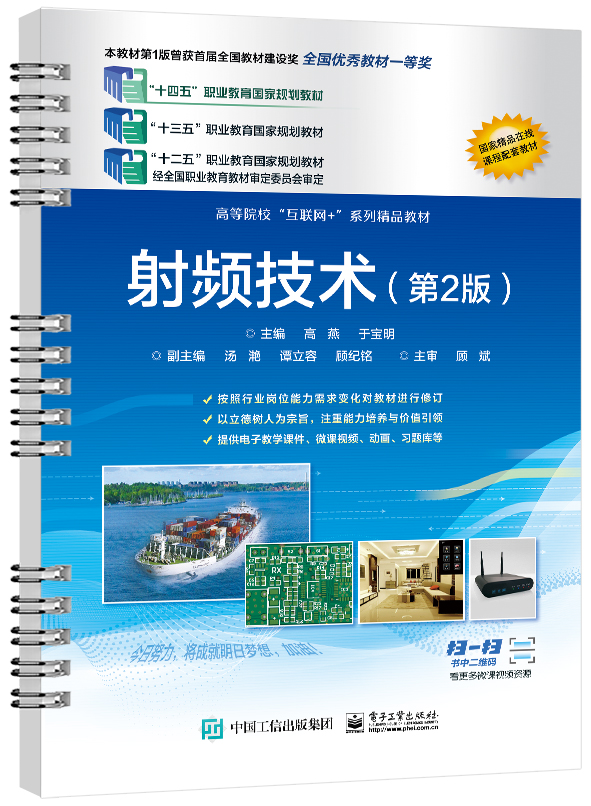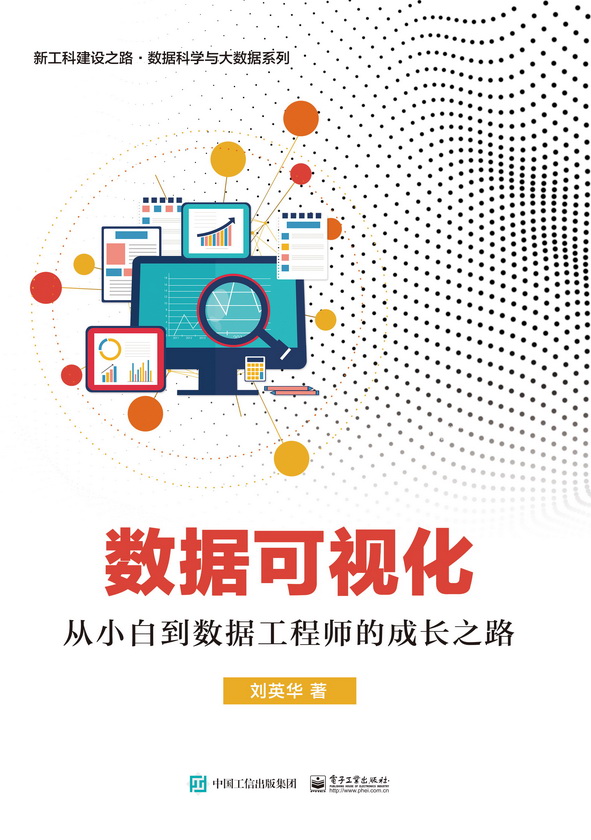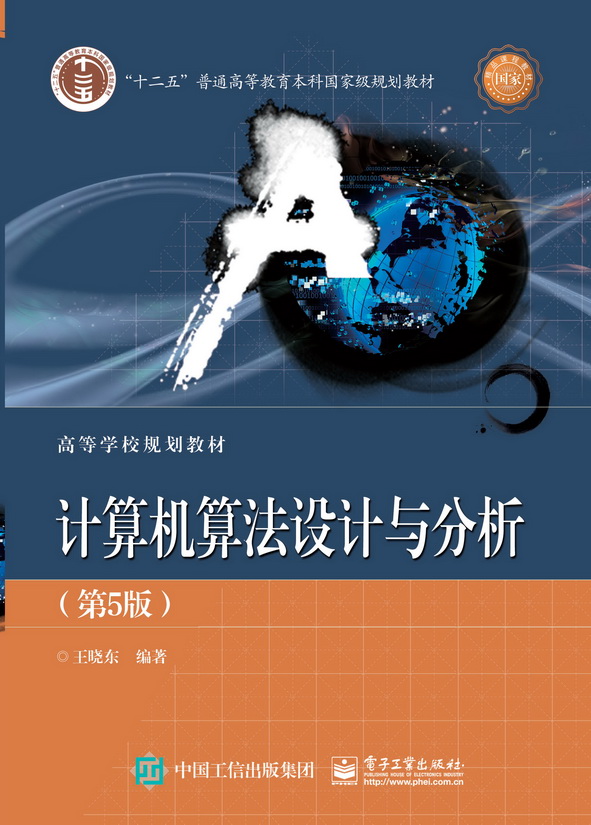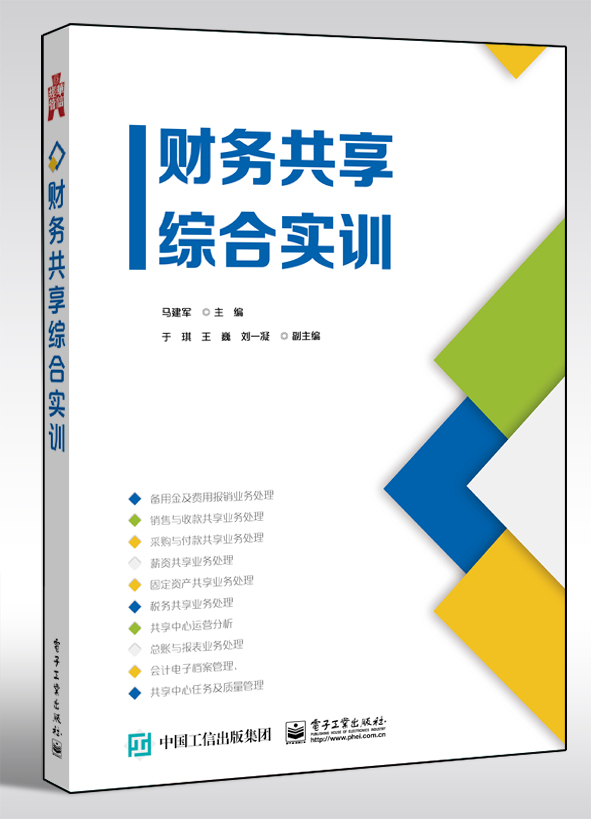计算机专业英语(第3版)——科技交流与科技论文写作
丛 书 名:
普通高等教育“十二五”规划教材
高等学校专业英语教材
作 译 者:侯进
出 版 日 期:2014-03-01
书 代 号:G0225160
I S B N:9787121225161
图书简介:
本书结合作者长期在国外使用英语从事研究的经验,旨在培养读者把英语作为工作语言,提高读者专业英语的运用能力。本书分为3部分,主要内容包括:如何用英语做研究报告,英文科技论文和毕业论文的写作规范及技巧,如何参加国际会议和用英文演讲,如何向国际期刊投稿,如何检索文献及怎样选择研究课题等;介绍计算机专业前沿课题动向,以及学术研究新成果、新方法、新技术,并附相关学术论文;提供一些长期在国外的专家学者的建议和经验,帮助读者逐步提高独立创新工作的能力。本书每节后附词汇表、习题和相关附录,并提供电子课件。
-
配 套 资 源
-
图 书 内 容
内容简介
本书结合作者长期在国外使用英语从事研究的经验,旨在培养读者把英语作为工作语言,提高读者专业英语的运用能力。本书分为3部分,主要内容包括:如何用英语做研究报告,英文科技论文和毕业论文的写作规范及技巧,如何参加国际会议和用英文演讲,如何向国际期刊投稿,如何检索文献及怎样选择研究课题等;介绍计算机专业前沿课题动向,以及学术研究新成果、新方法、新技术,并附相关学术论文;提供一些长期在国外的专家学者的建议和经验,帮助读者逐步提高独立创新工作的能力。本书每节后附词汇表、习题和相关附录,并提供电子课件。图书详情
ISBN:9787121225161开 本:16开页 数:248字 数:520本书目录
目 录 PART 1 METHODOLOGIES & SKILLS Chapter 1 How to Make a Research Presentation 2 1.1 When Do We Need to Make a Presentation? 2 1.2 The Structure of a Presentation 2 1.3 Sample 2 1.4 Pay Attention 5 1.5 Practical Tricks 6 Exercises 6 Appendix I 7 Appendix II 7 Appendix III 7 Chapter 2 How to Write a Scientific Paper 9 2.1 The Clear Structure of a Scientific Paper 9 2.2 Abstract 9 2.3 Introduction and Conclusion 10 2.4 Main Body of a Paper 11 2.5 Reference 12 2.6 Useful Tricks 12 Exercises 13 Appendix I 13 Appendix II 16 Chapter 3 How to Write a Ph.D. /Master Thesis 23 3.1 The Common Structure of a Thesis 23 3.2 Cover Page 23 3.3 Abstract 24 3.4 Acknowledgements 25 3.5 Table of Contents and List of Figures/Tables 25 3.6 Chapters 25 3.7 List of Publications 25 3.8 Bibliography 25 Exercises 25 Appendix I 26 Appendix II 30 Chapter 4 How to Attend an International Conference 31 4.1 Purpose 31 4.2 Call for Paper (CFP) 31 4.3 Write and Submit a Paper to an International Conference 36 4.4 Notification of Acceptance 36 4.5 Apply for a Visa 36 4.6 Present a Paper 37 Exercises 37 Appendix I 37 Appendix II 43 Chapter 5 How to Submit a Paper to a Top Journal/Transaction 44 5.1 Prepare and Submit 44 5.2 Submission Confirmation 44 5.3 Paper Decision 45 5.4 Reviewer’s Comments 47 5.5 Revise and Submit the Final Paper 51 Exercises 51 Appendix I 52 Appendix II 56 Chapter 6 How to Search for Information on the Internet 59 6.1 Search Sites 59 6.2 Full Text Access 59 6.3 Database Index 60 Exercises 61 Appendix I 61 Appendix II 61 Chapter 7 How to Select a Research Subject 63 7.1 Follow Your Interest 63 7.2 Attend to New Theory or Technology 63 7.3 Think Independently 63 7.4 Search Literature Extensively 63 7.5 Interdisciplinary Research Provides New Opportunity 64 Exercises 64 Appendix 64 PART 2 NEW TECHNOLOGIES Chapter 8 Geographic Information System (GIS) 68 8.1 What is GIS? 68 8.2 GIS Technology 68 8.3 Feature of GIS 69 8.4 The Future of GIS 70 Exercises 71 Appendix 71 Chapter 9 Communication by Avatars 72 9.1 What is Avatar? 72 9.2 Purpose 72 9.3 Technology 73 9.4 Challenges and Emerging Trends 76 9.5 Summary 77 Exercises 78 Appendix 78 Chapter 10 Natural Language Processing 79 10.1 What is Natural Language Processing (NLP)? 79 10.2 Difficulties 79 10.3 Major Tasks in NLP 80 10.4 Evaluation of Natural Language Processing 81 Exercises 82 Appendix 82 Chapter 11 Content-based Image Retrieval 83 11.1 What is Content-based Image Retrieval? 83 11.2 Content Comparison Techniques 83 11.3 Semantic Image Retrieval 84 11.4 New Media 85 11.5 Future Directions 85 Exercises 88 Appendix 88 Chapter 12 Molecular Dynamics Simulation 90 12.1 Molecular Dynamics (MD) 90 12.2 Areas of Application 90 12.3 Molecular Dynamics Algorithm-Parallel Computing 91 12.4 Major Software for MD Simulations 92 12.5 The Aims of Molecular Dynamics Simulation 93 Exercises 93 Appendix 94 Chapter 13 OpenGL Technology 95 13.1 What is OpenGL (Open Graphics Library) Technology? 95 13.2 Design 95 13.3 OpenGL 3.0 96 Exercises 97 Appendix 98 Chapter 14 Distance Learning 99 14.1 What is Distance Learning? 99 14.2 Electronic Learning 99 14.3 Virtual Learning Environment (VLE) 100 Exercises 100 Appendix 101 Chapter 15 Semantic Web 102 15.1 Definition 102 15.2 Purpose 102 15.3 Skeptical Reactions 103 15.4 Components 103 Exercises 104 Appendix 104 Chapter 16 Ontology 117 16.1 Definition 117 16.2 Components of Ontologies 118 16.3 Elements 118 16.4 Ontology Languages 120 Exercises 121 Appendix 121 PART 3 ADVICES & EXAMPLES Chapter 17 Ten Rules for a Successful Presentation 123 17.1 Use the Same Language of the Listener 123 17.2 Keep SMART 123 17.3 Plan and Schedule Your Presentation 124 17.4 Keep It Short and Simple (KISS) 124 17.5 Make Your Audience Active Instead of Reactive 124 17.6 Structure Your Thinking and Make It Visible 125 17.7 Don’t Let the Listener Lose His Way 125 17.8 Use Stimulus 126 17.9 Use Pictures 126 17.10 Make the Start Attractive and the End Memorable 126 Chapter 18 Promoting International Science and Technology Collaboration 127 18.1 Introduction 127 18.2 Studying in Japan as a Foreign Student 130 18.3 Research Culture in Japan 131 18.4 Japanese Research Style 131 18.5 Establishing a Joint Research During a Visiting Stay in Switzerland 132 18.6 Practical Information on Conducting Research in Japan 134 18.7 Practical Information on Studying in Japan 135 附录A 参考译文 137 附录B 参考论文 189 附录C 论文写作自查表 206 附录D 学位论文写作自查表 208 附录E 总单词表 209 附录F Suggested Answers for Discussion 230 参考文献 237展开前 言
序 一本实用的书往往会成为你工作学习中的“好参谋”、“好助手”。 在当前网络化、全球化的信息时代,人们学习英语、学习计算机与网络技术的热情空前高涨。特别是计算机及相关专业的本科生、研究生,他们既希望能熟练地阅读英文文献,也希望能用地道的英语发表论文向国外刊物投稿,为今后走出国门,用英语参与国际学术交流和宣读论文做好充分的准备。 本书的作者侯进博士,长期留学国外并从事多项合作科学研究,对如何学好、用好专业英语有切身的心得体会。回国后,她为计算机、自动化等专业的本科生和研究生主讲专业英语课程,在计算机和英语两方面都有丰富的实际经验和高深的学术造诣。她性格开朗,工作热情,在本书中结合自己的成功经历,用生动的英语和明快的笔调,告诉读者如何用英语在网上检索资料、撰写论文、向国外权威刊物投稿,如何获取签证,在国际学术会议上用英语宣读论文。书中还为读者准备了一些有趣的学科前沿性内容,如GIS、Avatar等。 读者只要浏览一下本书的目录,或者阅读一下自己感兴趣的某些章节,就一定会为本书的内容新颖、语句流畅、生动易学、简洁实用等特色所吸引。 Practice Makes Perfect!要想学好用好专业英语尤其需要这样。 衷心希望读者能够通过对本书的学习,提高英语听、说、读、写能力,并在计算机技术领域和国际学术交流方面都能取得新的成功! 靳 蕃 前 言 目前的专业英语教材大多是专业基础知识的英文版,对学生使用英语进行实际工作和运用英语进行专业学习等能力的培养十分有限。在教学方法上,很多也是被动的填鸭式,没有给学生提供足够的动手和动口的机会。学生常常反映,学完专业英语后除了学到一些专业词汇外,既不会用英语做研究,也无法顺利参加相关的国际学术活动。拿到专业英语学分的学生就像拿到了驾照却无法开车上路的司机一样。 针对这种情况,本书作者结合自身长期在国外使用英语从事研究的经验,尝试传授一些真正对读者有用的知识,并让学生边学边用,使他们在学习这门课的同时也在应用英语进行专业学习和从事研究活动。例如,在课堂上模拟国际会议,让学生做学术演讲;让学生用英语撰写科研论文,并鼓励他们向国际刊物投稿;等等。 本书主要内容包括以下三个部分。 1.用英语工作的方法和技巧 旨在培养读者把英语作为工作语言,提高读者的专业英语运用能力: 做研究报告 写科技论文 写毕业论文 参加国际会议 向国际期刊投稿 上网检索信息 选择研究课题 2.计算机专业前沿技术 介绍目前计算机专业方向的一些热门课题,学术研究的新成果、新方法、新技术,开拓读者视野: 地理信息系统 借助虚拟人交流 自然语言处理 基于内容的图像检索 分子动力学模型 OpenGL技术 远程学习 语义网 本体论 3.国外专家学者的建议和经验 给读者提供一些长期在国外的专家、学者的建议,介绍他们的经验,帮助学生逐步培养独立创新工作的能力: 成功演讲的十大准则 推进国际科学与技术合作 本书还提供两篇已发表的国际期刊和国际会议论文、论文写作自查表、学位论文写作自查表等有用附录供读者参考。本书提供配套电子课件,请登录华信教育资源网(http://www.hxedu.com.cn)注册下载。 衷心感谢西南交通大学的靳蕃教授对我的鼓励和支持,并在百忙之中对本书进行了审阅,提出了非常宝贵的意见和建议。电子工业出版社的王羽佳编辑在本书的出版过程中付出了很多心血,在此表示深深的谢意! 由于作者水平有限,教材中难免有不妥之处,恳请广大读者不吝赐教。 侯 进展开作者简介
本书暂无作者简介 -
样 章 试 读
-
图 书 评 价 我要评论
